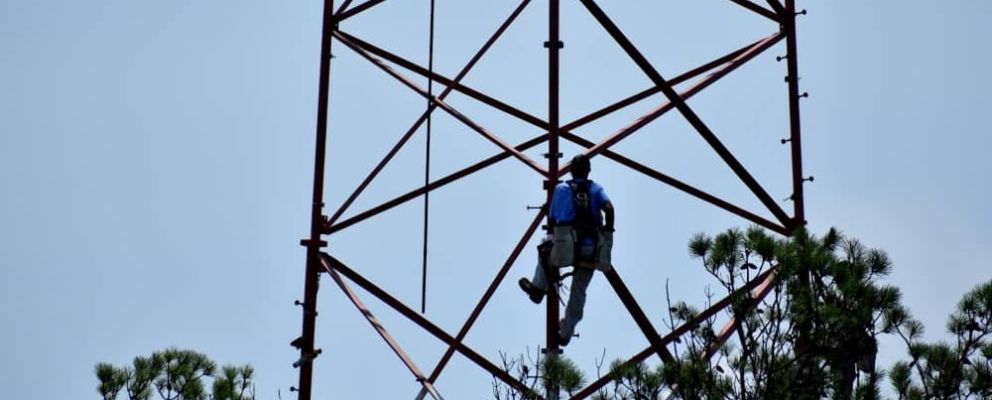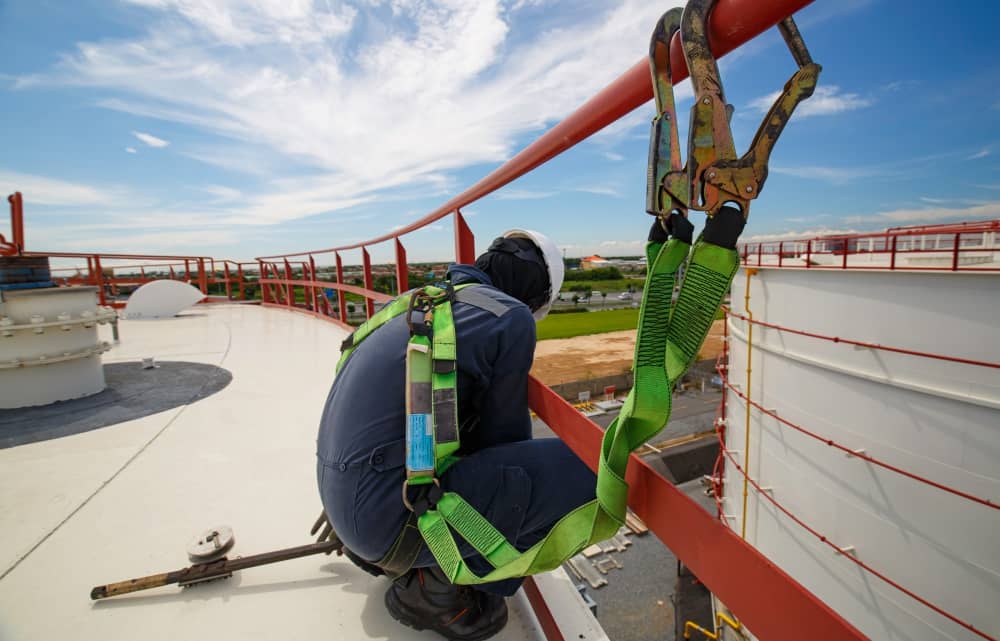Before people start working for you, you must address all health and safety hazards as an employer. This includes independent contractors and even lone workers. These employees are always at risk especially lone workers. This is because they work without direct supervision or assistance. Many of them are at risk because these jobs are hectic and hazardous. This article will focus on the safety precautions that should be put in place for a lone worker.
Who Is a Lone Worker?
A lone worker is somebody who works on their own without any supervision. A contractor, a self-employed person, or an employee who works alone can be referred to as a lone worker. Other lone workers include teleworkers, small shop attendants, gas station personnel, construction workers, repair crew, caregivers, forestry employees, etc.
As previously stated, lone workers are frequently exposed to physical danger and aggressive circumstances. Many countries and states have regulations requiring employers to do risk assessments on lone workers to safeguard their safety. These safety laws address the threats to employee safety when working alone and establish a company-wide strategy for lone workers.\
Potential Risks of Lone Workers
Here are some potential risks that affect lone workers.
Mental Health and Stress
There is often a lot of emphasis on physically safeguarding lonely workers from harm in the health and safety field, which is necessary. However, there is less emphasis on these workers’ stress and mental health. Working alone for many hours can have a negative impact on remote employees’ overall mental well-being and have disastrous repercussions.
Violence
Although statistics reveal that lone employees face incredible crime levels daily, it is easy to agree that violence in a workplace is never appropriate and should never be permitted. Although violence is more prevalent in specific industries, it affects all workers, particularly those in public roles. Individuals who work in security, such as police officers and security guards, are particularly vulnerable to attacks and threats.
Contact by Moving Objects
In 2017, 695 workers were killed by objects and equipment. This involves colliding with falling objects, getting entangled in equipment, and being trapped between collapsing structures. If their movement is restricted or they are quickly disabled, victims of these types of accidents, like those of other lone workers, may go unnoticed and may not be able to call for aid.
Cardiac Arrests
Unexpected cardiac events can also happen at work. That is regarded as a life-threatening matter for lone employees. Many lone workers are at risk because they could be working with electrical components or are confined in dangerous spaces.
Falls
Falling, tripping, and slipping can be fatal to many workers. This risk is, of course, substantially higher for lonely workers. Even with a communication device, if a worker is harmed by a fall, they may be unable to ask for assistance. Accidents might go unnoticed for hours or days if they are not checked regularly.
Lone Worker Protection and Workplace Stress
At work, we all encounter stress. Unrecognized and uncontrolled work-related stress can lead to various health illnesses, both physically and mentally. They as well cause poor performance and productivity in the workstation. How well you manage stress in the job depends on how you can handle it. When you work alone, the problem becomes considerably more complicated. Your stress level can skyrocket if you don’t have the security of coworkers who share their work and have your back.
There are various effective ways of managing stress in the workplace. Below are some of them.
1. Practice Positivity
Maintain a positive attitude both within and outside the office. Stress is complex and does not exist in isolation. Small efforts taken at work and outside of work can reduce cumulative stress.
2. Take Breaks
Avoiding burnout by getting plenty of rest is a simple and effective strategy to minimize stress. Tell your boss how much work you’re doing and how it’s affecting your health. If you have too much work to accomplish or don’t have the tools you need to do your job well, speak with your boss to see what you can do.
3. Know How to Balance Your Work and Normal Life
It is critical to strike a balance between work and life, and taking work home should be carefully examined. Make sure you can distinguish between work and personal time by establishing a designated workstation at home and working for a set length of time. You don’t have to work in front of the TV anymore. This is a place to unwind and enjoy yourself, so you should treat it as such.
4. Open Up to Someone
It’s critical for you as a lone employee to communicate. Don’t suffer silently. Part of your employer’s obligation is to preserve your mental well-being and aid you if your employment generates stress or other challenges. Employers with good mechanisms for communicating should be prepared to use them. Your employer should consider what practical actions the company can do to assist you in becoming a lone employee that is productive and stress-free.
5. Practice Self-kindness
Treat yourself well when you’ve finished your work. You can do this by exercising, relaxing, and engaging in your hobbies. This tip may seem like common sense, but it’s critical to remember the following easy things while you’re not working. Make sure you get enough sleep, eat well, and relax. This will make a difference in your life.
Three Ways to Ensure Safety for Lone Workers
When it comes to lone worker safety, it’s essential to be aware of possible dangers ahead of time and take steps to mitigate them. Here are three ways to guarantee the safety of lone workers for employers.
-
Assess Possible Risks
Risk assessment is critical and should be treated as a basis for establishing because new threats and dangers can emerge at any time. According to regulations, companies that employ lone workers must assess all relevant hazards to which their workers are exposed and make plans to ensure lone worker safety. Each job function has its own set of hazards and opportunities for improving safety. It may seem inconvenient, but creating a runbook for each group of employees is critical. A risk assessment summary, as well as alerts and escalation records, should be included.
-
Train Your Lone Worker
Training is an essential component of a company’s or organization’s success and development. Workers gain confidence through training because they feel prepared to address difficulties and complete tasks. Furthermore, training is the process of employers and employees sharing roles. Employers should demonstrate a significant desire to assist employees in effectively dealing with challenges. They should also invest in the people that work for the company’s most valuable assets.
-
Enhance Cooperation Between Staff and Lone Workers
The management of a company that deals with lone workers should always have information on its lone workers’ actions, locations, and schedules. It is a simple approach if the organization has implemented a lone worker monitoring system. Employees and managers can communicate directly through this system, and all essential processes can be automated. If the organization has not yet adopted a lone worker monitoring system, it must establish a constant and effective communication channel between its employees and managers.
Conclusion
It is important to have a lone worker’s interests at heart as an employer. This includes lone worker safety.







